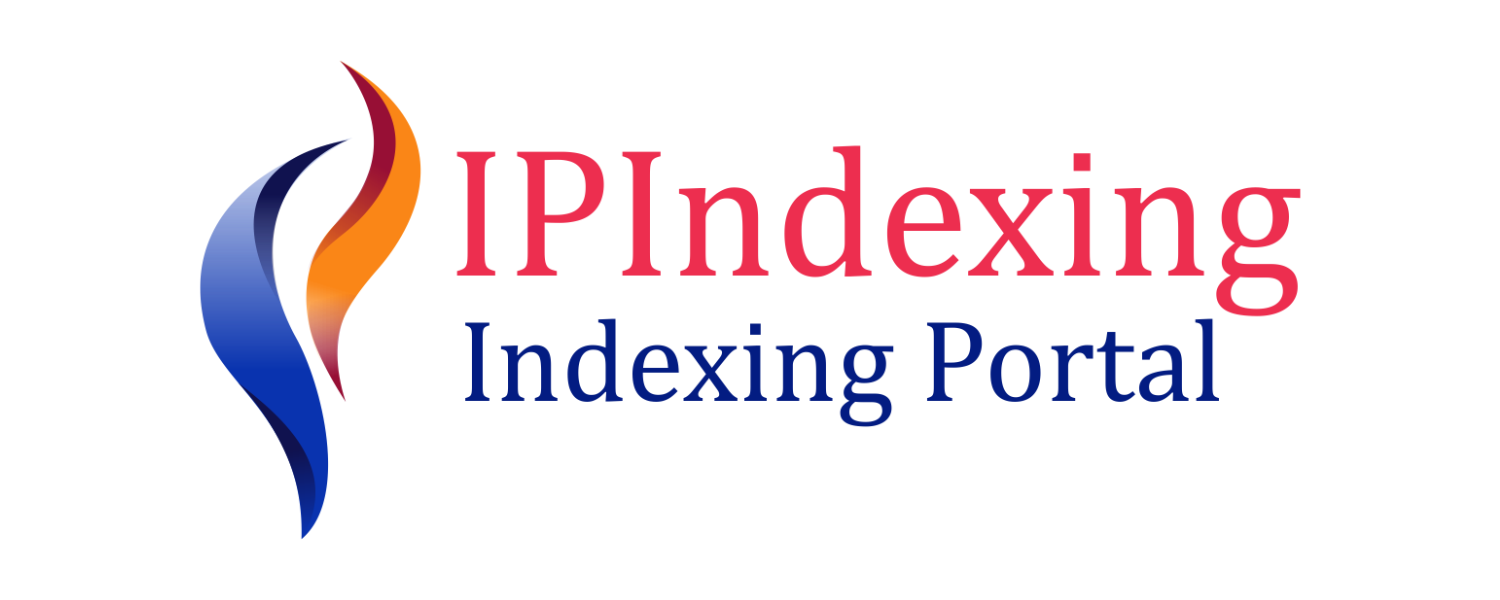MICRO INFLUENCERS AND AUTHENTICITY: THE NEW FACE OF TRUST IN SOCIAL MEDIA MARKETING
DOI:
https://doi.org/10.62207/07kkbb32Keywords:
micro influencer, authenticity, consumer trust, social media marketing, engagement, content relevanceAbstract
The rise of micro-influencers has reshaped the dynamics of social media marketing by shifting the emphasis from celebrity endorsements to authenticity-based consumer engagement. Micro-influencers, typically those with a moderate follower base, are known for fostering closer, more relatable, and interactive relationships with their audiences compared to macro-influencers. This study explores the influence of perceived authenticity, content relevance, and engagement frequency on consumer trust in micro-influencers, particularly on platforms such as Instagram and TikTok. Employing a quantitative descriptive approach, the research gathered insights from young Indonesian social media users who actively follow micro-influencers. The analysis reveals that authenticity plays a central role in trust formation, while content relevance and interaction frequency serve as supporting elements that strengthen consumer perception and engagement. These findings align with the commitment–trust theory and parasocial interaction framework, highlighting that consistent, emotionally engaging, and culturally relevant content is essential in cultivating trust in the digital space. The study contributes to the theoretical discourse on influencer marketing and trust, while offering actionable implications for brands and marketers aiming to build meaningful and loyal consumer relationships. It suggests that in an era marked by increasing commercial saturation and consumer skepticism, authenticity is not merely a strategic advantage, it is a foundational necessity for long-term brand success in social media ecosystems.
References
Audrezet, A., de Kerviler, G., & Moulard, J. G. (2020). Authenticity under threat: When social media influencers need to go beyond self-presentation. Journal of Business Research, 117, 557–569. https://doi.org/10.1016/j.jbusres.2018.07.008
Casaló, L. V., Flavián, C., & Ibáñez-Sánchez, S. (2020). Influencers on Instagram: Antecedents and consequences of opinion leadership. Journal of Business Research, 117, 510–519. https://doi.org/10.1016/j.jbusres.2018.07.005
Creswell, J. W. (2014). Research design: Qualitative, quantitative, and mixed methods approaches (4th ed.). Sage Publications.
De Veirman, M., Cauberghe, V., & Hudders, L. (2017). Marketing through Instagram influencers: The impact of number of followers and product divergence on brand attitude. International Journal of Advertising, 36(5), 798–828. https://doi.org/10.1080/02650487.2017.1348035
Djafarova, E., & Rushworth, C. (2017). Exploring the credibility of online celebrities’ Instagram profiles in influencing the purchase decisions of young female users. Computers in Human Behavior, 68, 1–7. https://doi.org/10.1016/j.chb.2016.11.009
Djafarova, E., & Trofimenko, O. (2019). ‘Instafamous’ – credibility and self-presentation of micro-celebrities on social media. Information, Communication & Society, 22(10), 1432–1446. https://doi.org/10.1080/1369118X.2018.1438491
Edelman. (2023). Edelman Trust Barometer 2023: Global Report. https://www.edelman.com/trust/2023-trust-barometer
Evans, N. J., Phua, J., Lim, J., & Jun, H. (2017). Disclosing Instagram influencer advertising: The effects of disclosure language on advertising recognition, attitudes, and behavioral intent. Journal of Interactive Advertising, 17(2), 138–149. https://doi.org/10.1080/15252019.2017.1366885
Influencer Marketing Hub. (2024). Influencer Marketing Benchmark Report 2024. https://influencermarketinghub.com/influencer-marketing-benchmark-report-2024/
Kay, S., Mulcahy, R., & Parkinson, J. (2020). When less is more: The impact of macro and micro social media influencers’ disclosure. Journal of Marketing Management, 36(3-4), 248–278. https://doi.org/10.1080/0267257X.2020.1718740
Labrecque, L. I. (2014). Fostering consumer–brand relationships in social media environments: The role of parasocial interaction. Journal of Interactive Marketing, 28(2), 134–148. https://doi.org/10.1016/j.intmar.2013.12.003
Lou, C., & Yuan, S. (2019). Influencer marketing: How message value and credibility affect consumer trust of branded content on social media. Journal of Interactive Advertising, 19(1), 58–73. https://doi.org/10.1080/15252019.2018.1533501
Morgan, R. M., & Hunt, S. D. (1994). The commitment–trust theory of relationship marketing. Journal of Marketing, 58(3), 20–38. https://doi.org/10.1177/002224299405800302
Moulard, J. G., Garrity, C. P., & Rice, D. H. (2015). What makes a human brand authentic? Identifying the antecedents of celebrity authenticity. Psychology & Marketing, 32(2), 173–186. https://doi.org/10.1002/mar.20771
Napoli, J., Dickinson, S. J., Beverland, M. B., & Farrelly, F. (2014). Measuring consumer-based brand authenticity. Journal of Business Research, 67(6), 1090–1098. https://doi.org/10.1016/j.jbusres.2013.06.001
Nunnally, J. C., & Bernstein, I. H. (1994). Psychometric theory (3rd ed.). McGraw-Hill.
Tabachnick, B. G., & Fidell, L. S. (2007). Using multivariate statistics (5th ed.). Allyn & Bacon.
We Are Social & Meltwater. (2024). Digital 2024: Global Overview Report. https://wearesocial.com/digital-2024/
Downloads
Published
Issue
Section
License
Copyright (c) 2025 Donal Anry Jaya Sinurat, Midian Immanuel Sihombing, Hardo Aprilio, Sergius Fribontius Bon, Agus Oniel Galaska , Jolio Toga Estrada Sinurat (Author)

This work is licensed under a Creative Commons Attribution-NonCommercial 4.0 International License.























